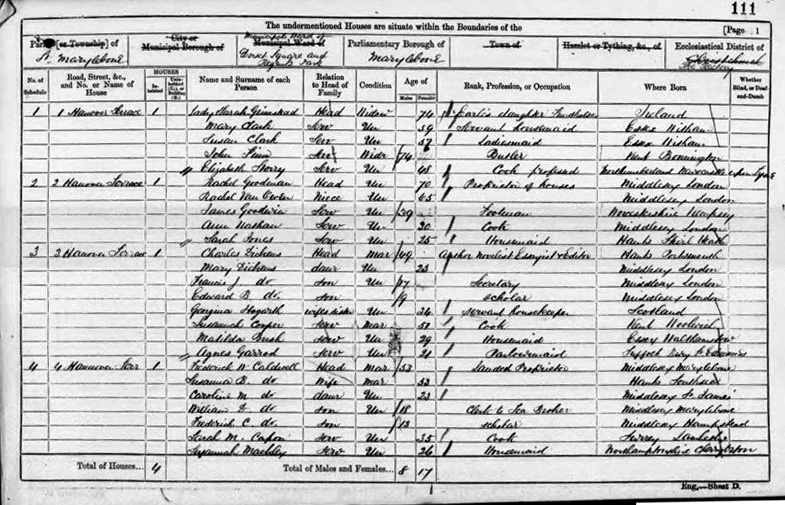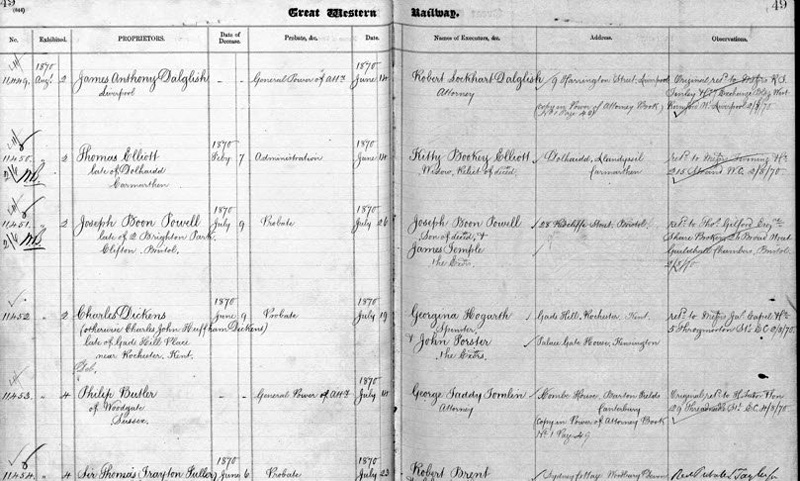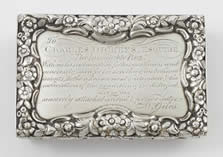
Home > Charles Dickens
|
||
Charles Dickens (1812-1870)
Next, from 1824 until 1827 Dickens studied at Wellington House Academy, London. From 1827 to 1828 he was a law office clerk, and then worked as a shorthand reporter at Doctor's Commons. In the 1840s Dickens founded Master Humphrey's Cloak and edited the London Daily News. Dickens's relationship with Maria Beadnell, the daughter of a banker, lasted for four years. Afterwards, he married the daughter of his friend George Hogarth, Catherine Hogart in 1836. When Catherine's sisters, Georgiana, moved in with the Dickenses, he fell in love with her. Even though, Dickens had 10 children with Catherine, they were separated in 1858. Additionally, Dickens also had a long-lasting relation with the actress Ellen Ternan, whom he had met by the late 1850s. From the 1840s Dickens spent much time travelling and campaigning against many of the social evils of his time. In addition he gave talks and reading, wrote pamphlets, plays, and letters. In 1844 to 1845 he lived in Italy, Switzerland and Paris. From 1858 to 1868, he gave lecturing tours in Britain and the United States. Afterwards, he moved to Gadshill Place, near Rochester, Kent. He died there on June 9, 1870.
Dickens in the USA - From your American Correspondent, “Staple”
The “Journal of the Illinois State Historical Society” published a paper by Dr. J.F. Snyder entitled “Charles Dickens in Illinois” which brought to light an unfortunate scam at the time. The city of Cairo (pronounced “care-row”) lies at the confluence of 2 great rivers – the Mississippi and the Ohio. It and the land around it flooded badly most years, even today, but in 1837 one Darius B. Holbrook, a Boston native organized the “Cairo City and Canal Company” an incredibly illusive scheme for which he plastered the walls everywhere in Europe with bright flaming lithographs of this grand city development”. Through the banking house of John Wright and Co., Holbrook sold bonds of his Cairo Company to the tune of $2,000,000. Among the victims, a Mr. C. Dickens, who, it is asserted, “invested in them a large part of his slender means”. Interesting enough, he was writing “The Pickwick Papers” during the time of the great “Cairo” scheme. Dickens sailed from Liverpool on the “Brittania” on 4th January arriving in Boston eighteen days later. Brittania was even held off shore until the fog cleared 10 hours later - but one of the Boston papers noted its arrival with the fact that “it carried Liverpool news papers of the 4th instant and London papers to the evening of the 3rd. Among the passengers is Charles Dickens, Esq., the famous “Boz” of English literature; he is accompanied by his lady.” Dickens trip took him from Boston,
through Harford and New Haven in Connecticut to New York – then to Washington, Richmond and Baltimore. From the
East Coast inland to Pittsburgh and down to Cincinnati, Louisville, St. Louis, and then returning up the Ohio
River alighting again at the river port of Cincinnati. On their way to Columbus, capital city of Ohio, they stopped the night in a small town north of Cincinnati, called Lebanon. “The Golden Lamb” is recognized as Ohio’s oldest inn and because of its location, on the “National Road”, stagecoach route from Cincinnati to Columbus became a frequent stopping place for major figures throughout the 19th century. In all ten United States Presidents enjoyed the inn’s hospitality. In 1842 however, “a small rather disagreeable man” eloquently bellowed his opinions about the United States to anyone who would listen. Guests were later to discover that this sometimes bombastic Englishman was the illustrious Charles Dickens. Under recent and particularly present ownership, “The Golden Lamb”, heavily promotes the Dickens’ connection and De-De Bailey, Assistant General Manager informs me that people make a special excursion from far and wide, specifically to sleep in the bedroom used by Dickens, 168 years ago. Save for the colour TV, it hasn’t changed neither have any of the 12 or so rooms that can be viewed on any visit to the Inn. All except one perhaps; named the “Edwin Forrest“ room. Edwin Forrest, a Shakespearean actor lodged there for the week that his troupe performed the first theatrical performance in Lebanon – it’s now a broom cupboard. It seems the life of travelling actors was as hard then as it can be now. Today for any British ex patriot needing to connect with his traditional “Englishness”, “The Golden Lamb” is a great oasis in a small very attractive town just outside Cincinnati. Apart from all the Dickensian and 19th Century objets d’art which adorn every corner of the hotel, there is a fine restaurant serving excellent traditional fare.
Plus any Pickwickian who finds himself
in the environs of Cincinnati, Dayton or Columbus would find a trip to Lebanon and “The Golden Lamb” thoroughly
enjoyable – and if they have their “velocipede”, Lebanon is at the start of a 45 mile bike trail, fully paved,
along the old railroad tracks following the Little Miami Come to think of it, “The Golden Lamb” would be the perfect place to start an annual U.S. ride – any takers? My thanks to Ms. De-De Bailey, Assistant General Manager of The Golden Lamb. Acknowledgement: Charles Dickens in American, Cornell University Library. Staple (aka Chris Tyler) More on Charles Dickens
The census of 1861 (above) shows the family living in Marylebone, at 3 Hanover Terrace. Catherine is not listed but Georgina is, as ‘wife’s sister’ and as a ‘servant housekeeper’, aged 34, born in Scotland. Charles’ occupation, as Head of the Household, is that of ‘author, novelist essayist and editor,’ aged 49. Also listed were Charles’ daughter Mary, aged 23, (no occupation given), sons Francis J. 17, secretary and Edward B., 9, scholar. Others included were Georgina plus Susannah Cooper, married, 37, cook, Matilda Bush, married, 29, housemaid and Agnes Garrad, 21, parlourmaid. These last two originally from East Anglia.
PHILIP SERRELL auctioneers & valuers -MARCH FINE ART SALE
ESTIMATE £12,000- £18,000 To Charles Dickens Esquire
| ||
|
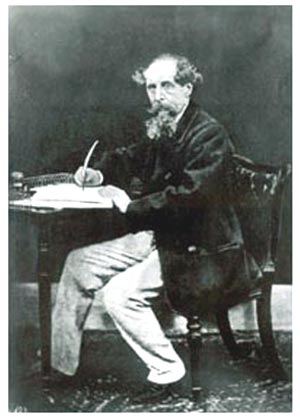 Charles Dickens was born on Friday, February 7, 1812 in Landport, Hampshire. His father was a
clerk in the navy pay office. In 1814 Dickens moved to London, and then to Chatham, where he received some
education. He was the second in a family of six children. After his father was imprisoned at the Marshalsea,
London, for non-payment of debts, in 1824, Charles took a job in a blacking factory.
Charles Dickens was born on Friday, February 7, 1812 in Landport, Hampshire. His father was a
clerk in the navy pay office. In 1814 Dickens moved to London, and then to Chatham, where he received some
education. He was the second in a family of six children. After his father was imprisoned at the Marshalsea,
London, for non-payment of debts, in 1824, Charles took a job in a blacking factory.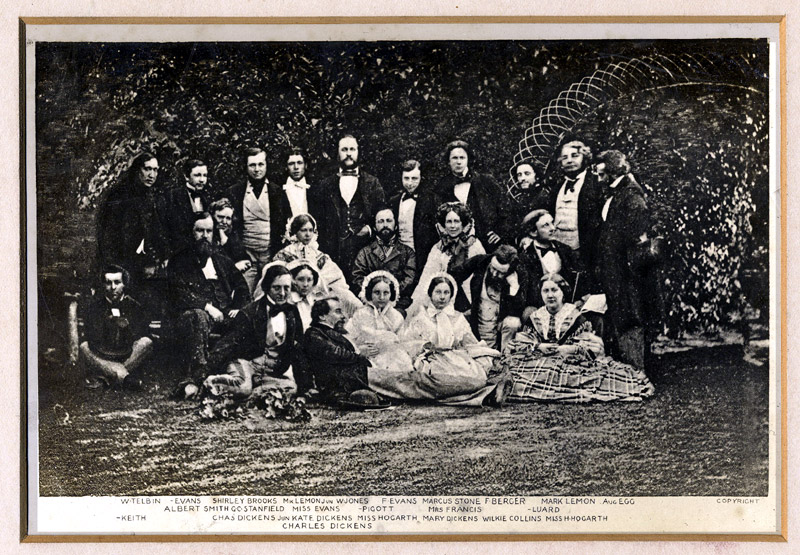
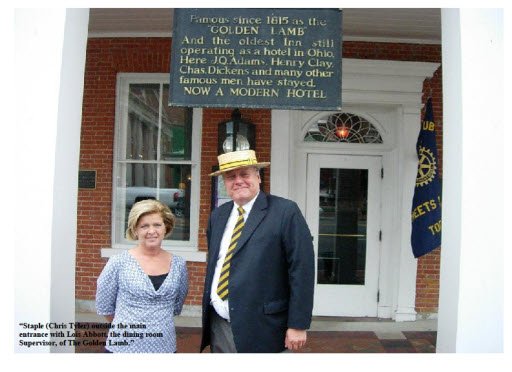 The real reason Mr. and Mrs. Charles Dickens made the first of their two visits to the United
States is not known with certainty. The trip, a 5-6 month venture was truly a long, tedious and uncomfortable
one in those days. Some believe the object was to obtain subject matter for his “American Notes”, although
arrangements for the publication of the book with Messrs. Chapman and Hall had been made before he left
England. Certainly this would help offset the expenses of the trip. Some felt that his passion for an
international copyright law as the driving force, although this was refuted by the man himself.
The real reason Mr. and Mrs. Charles Dickens made the first of their two visits to the United
States is not known with certainty. The trip, a 5-6 month venture was truly a long, tedious and uncomfortable
one in those days. Some believe the object was to obtain subject matter for his “American Notes”, although
arrangements for the publication of the book with Messrs. Chapman and Hall had been made before he left
England. Certainly this would help offset the expenses of the trip. Some felt that his passion for an
international copyright law as the driving force, although this was refuted by the man himself.
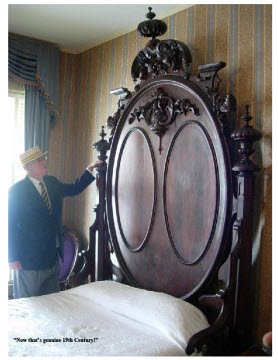
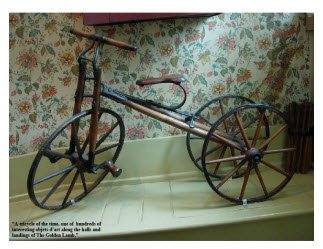
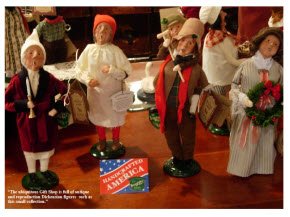
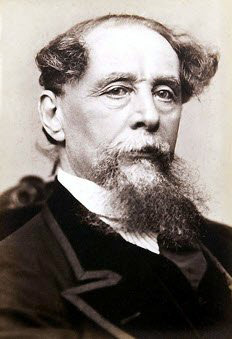 The 200th anniversary of the birth of Charles Dickens prompts one to take a closer look at some
aspects of his life and maybe get to know him a little better.
The 200th anniversary of the birth of Charles Dickens prompts one to take a closer look at some
aspects of his life and maybe get to know him a little better.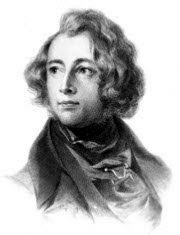 Perhaps the earliest was his baptism. It is reasonably easy to find the record for he had two
middle names, one of which was quite unusual. So we find that he was baptised in Portsea St Mary, Hants. on
4th March 1812 and the documents reveal that his parents were John and Elizabeth. His full name is given as
Charles John Huffham Dickens. He left school to work in a factory following his father’s incarceration in a
debtor’s prison. This drove him to work hard and, although receiving only a formal education, he edited a
weekly journal for 20 years and wrote 15 novels and hundreds of short stories and non-fiction articles. A
vigorous campaigner for children’s rights and education, he lectured a great deal. Dickens shot to fame in
1836 with the serialisation of his novel Pickwick Papers. A Christmas Carol, written in 1843, is one of the
most influential works ever written, and is popular to this day.
Perhaps the earliest was his baptism. It is reasonably easy to find the record for he had two
middle names, one of which was quite unusual. So we find that he was baptised in Portsea St Mary, Hants. on
4th March 1812 and the documents reveal that his parents were John and Elizabeth. His full name is given as
Charles John Huffham Dickens. He left school to work in a factory following his father’s incarceration in a
debtor’s prison. This drove him to work hard and, although receiving only a formal education, he edited a
weekly journal for 20 years and wrote 15 novels and hundreds of short stories and non-fiction articles. A
vigorous campaigner for children’s rights and education, he lectured a great deal. Dickens shot to fame in
1836 with the serialisation of his novel Pickwick Papers. A Christmas Carol, written in 1843, is one of the
most influential works ever written, and is popular to this day.